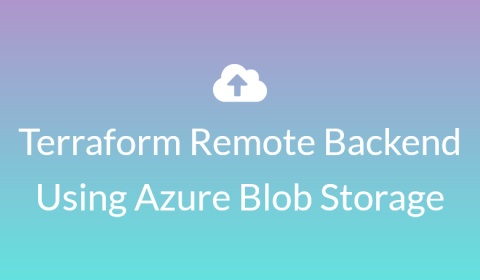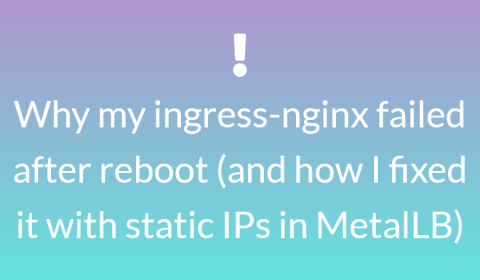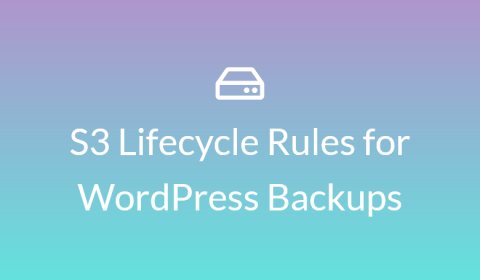
Building Reliable, Scalable and Automated Software Delivery Systems.
My name is Vuyisile (pronounced voo-yee-sea-lay). I’m a DevOps Engineer from Zimbabwe. I started out as a Python developer and quickly found my way into DevOps, where I now help teams ship faster by building infrastructure that’s reliable, secure and easy to maintain. My focus is on providing practical infrastructure solutions that are secure, automated and easy to deploy.
Need help with your infrastructure? Let’s talk.
What I Do
As a DevOps Engineer, I set up, secure, configure, manage and automate server and cloud infrastructure so the teams I work with can focus on shipping their products. This includes:
Server Provisioning & Management; I set up Linux and WIndows servers using scripts or configuration management tools like Ansible and handling routine tasks like software updates, backups and performance troubleshooting so servers stay healthy and dependable.
CI/CD Pipelines: I build and maintain continuous integration and deployment pipelines that make shipping code faster and less stressful so you don’t have to worry about broken deploys or doing things manually.
Cloud Architecture (AWS, Azure & More): Cloud setups don’t have to be confusing or expensive. I help simplify your infrastructure in the cloud, handling DNS, HTTPS, containers, Kubernetes, migrations, backups, monitoring, cost optimisation and more, so you can focus on running your business, not managing servers.
Security Hardening: I secure infrastructure using industry recommended tools and practices, setting up firewalls, blocking brute-force attacks, enabling HTTPS, and automating updates. Whether you’re preparing for audits or just want to avoid compliance headaches down the line, I help you stay secure and aligned with security best practices
Containers and Kubernetes: I package applications using Docker and run them on Docker Compose, Docker Swarm, or Kubernetes to make them easier to deploy, scale and move between environments. Whether you’re running on cloud, bare-metal or both, I implement automated containerised orchestration systems that reduce manual errors so you can focus on building features, not worrying about deployment bottlenecks.
Follow this link to learn more about me and my work.
Latest Posts
- Setting Up a Remote Backend for Terraform Using Azure Storage
- An intro to Helm
- From HDD to SSD: How I fixed an I/O Bottleneck in a Kubernetes Node
- May AWS Tech Meet at FlexiWork
- How A Bad Firewall Rule Broke My Network
- Why my ingress-nginx failed after reboot, and how I fixed it with static IPs in MetalLB
- S3 Lifecycle Rules for WordPress Backups: Deleting files older than 90 days
- The History of Virtual Machines and Containers
- Setting Up Continuous Integration with GitHub Actions for a Python Project
- Deploy Docker Images to DockerHub using GitHub Actions








